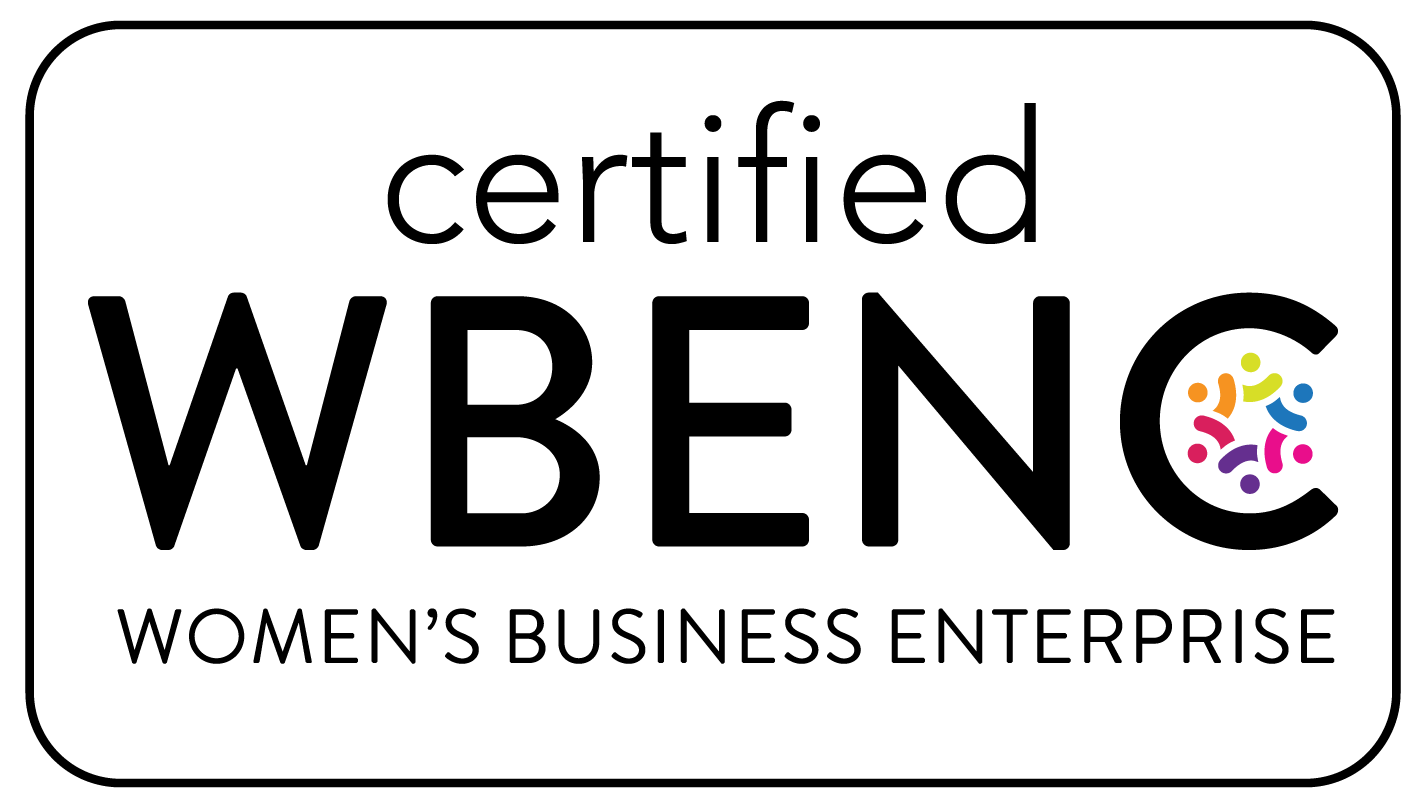Effective Workplace Wellness: An Interview with Dr. Heidi Roeber

How can you improve employee wellness programs? Read our interview with Dr. Heidi Roeber to learn how to overcome challenges in creating an effective program.
Author: Chantal Lapeyre
January 10, 2024
It is not a stretch to say that workplace wellness or employee well-being are hot topics in American workplaces. In 2021, Forbes captured this feeling with an article entitled “The Future of Work Is Employee Well-Being”.
When you consider the same article backs the statement up with facts like 68% of senior HR leaders rated employee well-being as a top priority and that the corporate well-being market is forecast to grow to $87.4 billion by 2026, an image begins to appear that such a statement is more than hyperbole.
However, turning this interest and investment into an effective corporate wellness program is not easy. Results are often less than satisfactory, and many health, safety, and HR professionals ponder questions like:
How effectively are wellness resources being utilized?
Are wellness programs genuinely creating a healthier, more productive workforce?
Exploring Answers With an Expert
To explore answers to these questions, CAREonsite sat down with Dr. Heidi Roeber, our resident expert on employee wellness programs. Dr. Heidi is well-versed in workplace health, having completed her residency in Occupational and Environmental Medicine at the University of Minnesota and a Clinical Preventive Medicine Fellowship at Mayo Clinic. She also has extensive experience successfully developing well-being initiatives in clinical, academic, and corporate roles.
Please read below to see Dr. Heidi’s take on wellness in occupational health programs, why it is crucial in modern workplaces, and how to overcome challenges in creating an effective program.

Question 1: To start off, what exactly is wellness in occupational healthcare?
Dr. Heidi: A person’s health at work is shaped by factors beyond their job, impacting their performance and safety. When we talk about workplace wellness in healthcare, it is about making the work environment support people in being healthy and managing health risks effectively.
Question 2: Would you say employee well-being is a crucial part of occupational health?
Dr. Heidi: Yes, employee well-being is a critical component of a healthy working environment. It is not just about physical or mental health; it is also about social, financial, community, emotional, and spiritual aspects. When companies focus on employee well-being, it leads to many benefits, like increased employee engagement, higher job satisfaction, and improved productivity. It also helps them handle stress, create positive workspaces, and even boosts how well they recover from injuries.
Question 3: In your experience, what do you think are some overlooked wellness issues in occupational health? And, more importantly, how can a company address them?
Dr. Heidi: Great question! One area that is often overlooked but crucial is mental health at work, which can be addressed through Employee Assistance Programs (EAP). However, many employees might not use them because they do not know about them or cannot easily access them.
Although there is still a stigma around mental health, companies can make a significant difference by creating a supportive culture, providing education about mental health, and promoting EAP resources. Employers can also consider treating mental conditions like physical ones and recognizing signs of distress among team members.
Mental health is more than a program; it is about creating a supportive culture for identifying issues and taking action to raise awareness about them.

Question 4: What is the most significant challenge employers encounter when trying to promote and maintain employee well-being?
Dr. Heidi: A focus on well-being often represents a culture change within a workplace. To succeed in this, wellness support must be tailored to address the unique issues faced by each location and organization.
Question 5: Do you think popular wellness initiatives are too broad or fail to properly address the daily concerns of employees?
Dr. Heidi: Many wellness initiatives may be too general or fail to focus on the everyday problems that employees face. Regardless of how well-planned and packaged, a “one size fits all” approach may not always work for everyone. An effective wellness program will be tailored to the target audience and consider a full assessment of their needs and interests.
Question 6: Would you say a tailored approach can be the key to engaging employees in well-being programs?
Dr. Heidi: Absolutely! It is important to have a good understanding of the population’s needs, goals, and perceived obstacles to drive employee engagement and successful outcomes.
Question 7: Considering some employers might be facing these challenges within their company, what strategies do you think they can use right now to overcome them?
Dr. Heidi: To overcome these challenges, it is crucial to establish specific wellness needs and interests and designate a key person or team to lead engagement efforts. They should come up with innovative initiatives and monitor the changing needs of the workforce. It is necessary to have individuals with a pulse on the current trends to be able to adapt the wellness program accordingly to ensure its success.

Question 8: As an example, how can a construction or manufacturing company benefit from a tailored wellness program?
Dr. Heidi: A construction or manufacturing company can greatly benefit from a tailored wellness program, particularly considering the industry’s high suicide rates. By investing in a tailored wellness program that targets mental health issues and substance abuse, research shows most companies can expect a $4 return in productivity gains for every $1 invested in addressing mental health concerns. Additionally, such programs have a positive impact on safety and employee retention, making them a wise investment for any organization looking to prioritize the well-being of its workforce.
Resources and Help
To effectively navigate the complexities of employee well-being, it is important to have a comprehensive approach. CAREonsite recommends exploring this Employer’s Guide to EAPs to understand how to effectively integrate and manage one. If your organization needs help and support when approaching how to incorporate wellness into your workplace, CAREonsite is here to help.

